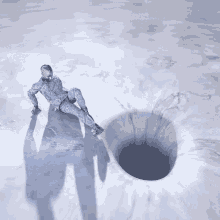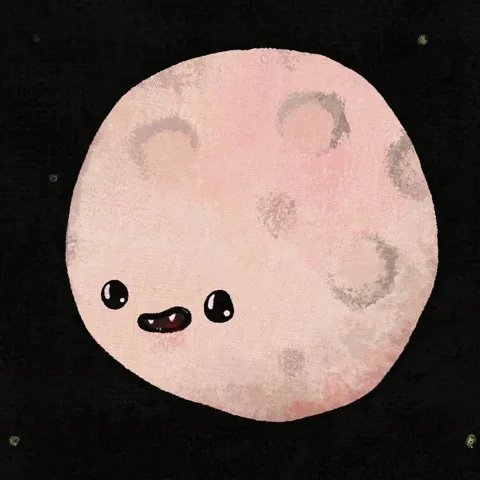Imagine standing in a dense forest, where every direction you look, your view is obstructed by trees. By this logic, in an infinite universe brimming with stars, shouldn’t our eyes be met with an unbroken sea of starlight? Yet, as we know, the night sky remains predominantly dark. What secrets of the cosmos does this paradox reveal?

Join me as we journey through history, science, and the expansive depths of space to uncover the captivating story behind Olbers’s Paradox and the what it offers to our universe.
Olbers’s Paradox, also known as the “dark night sky paradox,” is a fascinating and curious concept in astronomy. Here’s a detailed exploration of Olbers’s Paradox, including its history, implications, and modern explanations, let’s dive into it.

If the universe is infinite, timeless, and filled with stars, why is the night sky dark instead of brightness spread all over and poking into our eyes? Named after the German astronomer “Heinrich Wilhelm Olbers”, who popularized it in 1823, Well, this paradox challenges our understanding of the universe.
Let’s look for it into the history
The paradox was actually considered long before Olbers’s. Kepler, Halley, and other early astronomers had this question. Olbers’s was the one who make this a ‘paradox’, highlighting the inconsistency between the darkness of the night sky and the assumption of an infinite, static universe.

Some Easy-Peasy Explanation and possibilities for the paradox:
A. Dust and Gas Absorption:

– Olbers and others initially suggested that interstellar dust and gas could block the light from distant stars. However, this dust would eventually heat up and radiate the absorbed energy, contributing to the overall brightness of the sky.
B. Expanding Universe:
– The discovery that the universe is expanding, as shown by Edwin Hubble in the 1920s, provided a major breakthrough. The expansion stretches the wavelength of light from distant stars, shifting it into the infrared and microwave regions of the spectrum, making it invisible to the naked eye.

C. Cosmic Microwave Background Radiation (CMB):
– The Big Bang theory says that the universe began as a hot, dense point approximately 13.8 billion years ago. The CMB, a remnant of this event, provides a background glow at microwave wavelengths, supporting the idea of a finite, expanding universe.

D. Finite Age and Observable Universe: We can only see light from stars within the observable universe, which is limited by the speed of light and the age of the universe. Beyond this “horizon,” light hasn’t had time to reach us.
E. Expansion and Redshift: The expansion of the universe causes the redshift of light, stretching it into longer wavelengths. This means that light from the most distant stars is not in the visible range but in the microwave or radio range.
What do we got at the end after all this scratching of the head?

Olbers’s Paradox helped astronomers move away from the idea of a static, infinite universe. It provided early hints that the universe might have a beginning and is expanding, paving the way for the Big Bang theory and our current understanding of cosmology.
Some Fun Facts
Although the paradox is named after Olbers’s he was not the first to consider the problem. He was, however, instrumental in bringing it to the forefront of astronomical debate.

Out of science field, the dark night sky has inspired poets and philosophers to ponder the vastness and mystery of the cosmos, often linking it to human existence and the nature of reality.
What does Conclusion say?
Olbers’s Paradox is a wonderful example of how a simple observation can lead to profound scientific insights. It challenges us to think deeply about the nature of the universe and our place within it. The next time you gaze at the starry night, remember that “The darkness itself is a clue to the universe’s grand story”. If you have read this far, Don’t Forget to comment down your thoughts about this paradox.




3 responses to “The Enigma of Olbers’s Paradox”
From ‘Why so dark?’ to ‘Oh, I see!’
Great Read👍
The actual reason of darkness of space is due to absence of atmosphere so as to scatter the light.
Very informative and helpful for us. Thanks a lot…!!!🙏